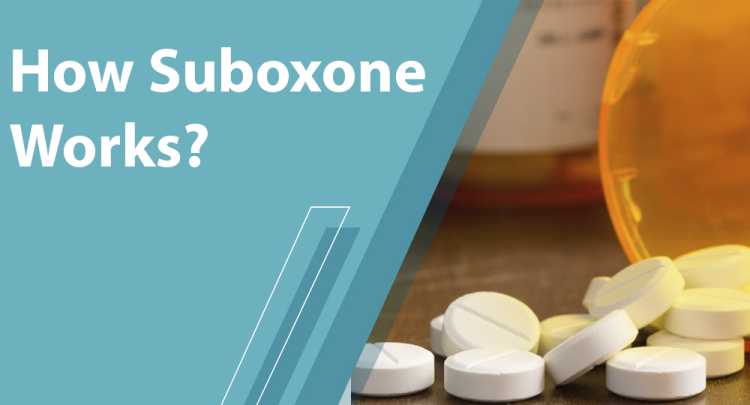
The drug epidemic vastly sweeping over the United States, significantly decreasing the life expectancy for many generations and eliciting major side effects. Suboxone is an up-and-coming pharmacological approach used in the detox process for opioid addiction. In several studies, it has shown great benefits, helping decrease withdrawal symptoms and allowing patients to be weaned off of addictive drugs more easily than they otherwise could.
How do opioids work in the brain?
When one takes opioids, the pharmacological compounds, in the form of chemical neurotransmitters, bind to ligand-specific receptors in the brain. Upon binding, the receptor becomes “clogged up” so to speak, causing certain functions of the body to slow as the opioids give incorrect information to the brain. Common side effects from opioids include decreased pain, slowed breathing and slowed reasoning. Opioids are so addictive because they target reward centers in the brain. Individuals need higher amounts of opioids all the time to continue to feel the same results.
What is Suboxone?
Suboxone is a medicine used to treat opioid dependency or addiction. It can be used both in a hospital or medical office, as well as at home with a prescription. Suboxone, named buprenorphine in generic formulations, mimics opioid effects in the brain and acts on the nerves, resulting in a safer alternative to drug use itself.
How does Suboxone work?
Suboxone is actually a type of opiate itself, in that it binds to the same opioid receptor sites in the brain. In fact, binding of Suboxone to specific postsynaptic receptors elicits dominance when in comparison to other postsynaptic sites. For example, other opioids are not able to bind simultaneously when Suboxone is present. Therefore, even if the individual is continuing to use opioids while on Suboxone, only the effects of Suboxone will be manifested in the brain. Regardless of whether opioids have already bound themselves to the receptor sites, Suboxone will outcompete the opioids and take over the binding site. In contrast to an opioid’s high “buzz” brain response, Suboxone creates a more controlled response in the body.
What is a typical Suboxone treatment?
Although Suboxone can be taken while a person is still taking opiates, it works best and is certainly most effective when the individual is already in mild withdrawal. It is a sublingual tablet that functions well when fully dissolved. Sublingual administration allows the medication to enter the bloodstream immediately, as many blood vessels are located beneath the tongue.
One’s doctor will prescribe the appropriate dosage and will give additional information about how to take the pill. It should be taken at the same time every day to promote continuity and so that the individual’s feelings of withdrawal do not come back.
How can Suboxone help patients?
Suboxone helps patients come off opiates safely and gradually by tricking the body into thinking that it is still receiving the same drugs. Patients will gradually decrease their physical dependence on opiates, including high cravings and dangerous withdrawal symptoms.
Suboxone also helps by producing a calming effect for patients who are coming off opiates but in a much safer and more controlled manner. While it produces some similar effects, such as slowed breathing, these effects are not dangerous as long as patients are taking the Suboxone as prescribed and are not combining it with other sedatives.
While it may seem as if Suboxone is just a substitute for opioids, it is an excellent option for patients who are otherwise unable to break their physical dependence on these drugs. Studies have shown that patients who use Suboxone have great success rates, especially when the therapy is combined with other non-pharmacological therapies, such as counseling.
Suboxone is often part of a complete treatment plan for opioid abuse. While it does come with some side effects, these are much less harmful to the body when compared to the typical side effects of opioids. Suboxone should always be used under the supervision of a qualified physician.
All content found on the DrugHelpCenters.com Website, including: text, images, audio, or other formats were created for informational purposes only. If you think you may have a medical emergency, call your doctor, go to the emergency department, or call 911 immediately. DrugHelpCenters.com does not recommend or endorse any specific tests, physicians, products, procedures, opinions, or other information that may be mentioned on DrugHelpCenters.com.